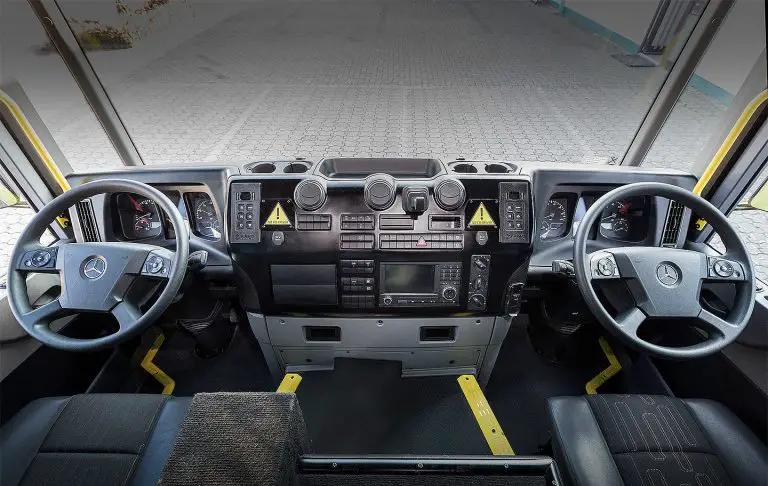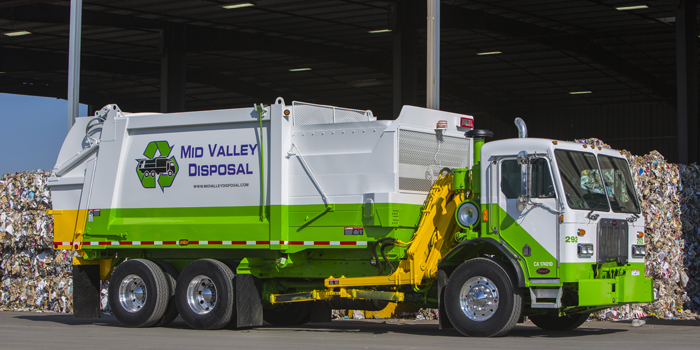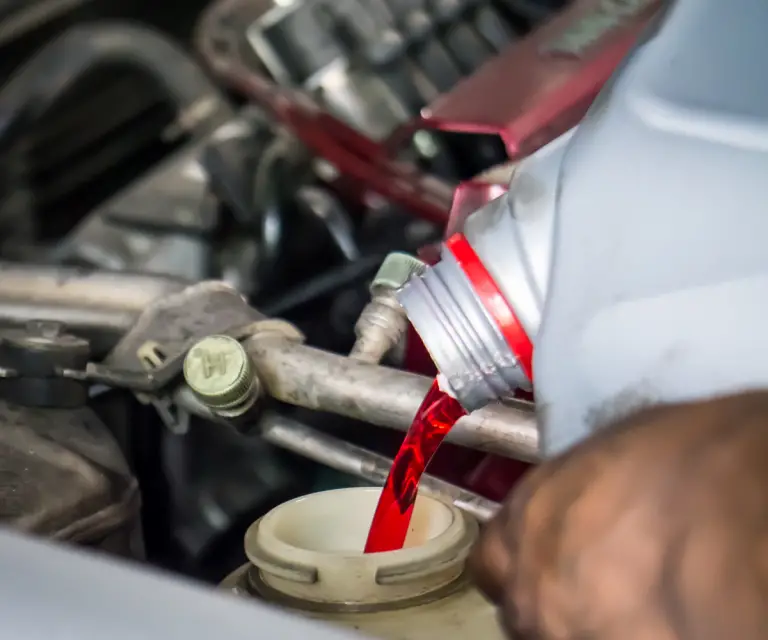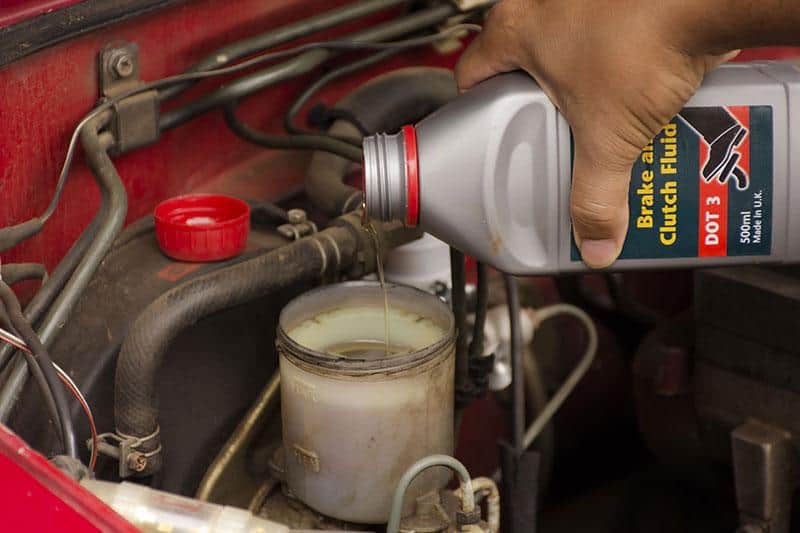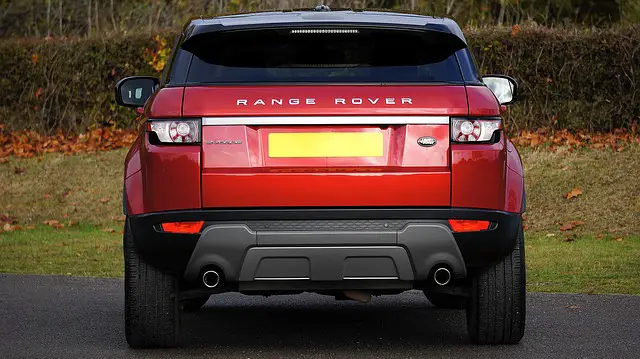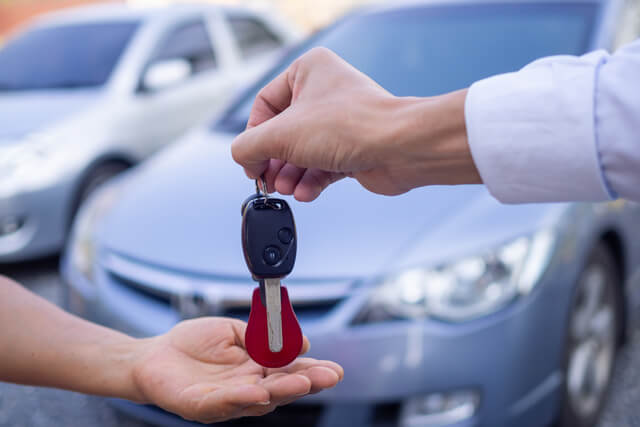Working as a car salesman is a relatively demanding career that requires some knowledge of the vehicles you will be selling. Naturally, if you can convince the manager of your persuasive speaking skills, you can get the job. In addition, you can work longer hours or use other tactics to attract buyers and earn commissions, but the most challenging component is that everyone will perceive you as a liar. Let’s learn how to become a car salesman with no experience.
Most dealerships will not hire you; they believe they are doing you a favor by allowing you to gain on-the-job experience.
What Skills does a Car Sales Representative need?

Among the essential skills required of a car, the salesperson communicates persuasively and successfully with customers. Car salespeople spend most of their time educating customers about specific vehicles and helping them make the best choice for their needs. In addition, they may have to persuade undecided customers to buy a car and deal with demanding clients. A car salesperson’s success can be enhanced by communicating effectively.
Other skills that car salespeople should possess are as follows:
- Customer service abilities
- Technical abilities
- Personality characteristics
- Negotiation abilities
- Listening abilities
- Organizational abilities
- Adaptability
- Financial abilities
- Discover what it is like to be a salesperson.
- Complete training
After being hired as a vehicle salesperson, you will almost certainly have to attend a training course before selling automobiles on your own. These seminars often educate individuals on how the dealership operates and on the dealership’s specific vehicle lines.
How to Become a Car Salesman with no Experience?

Apply with No-Experience Dealerships
Finding work is not tough as a car salesperson at various dealerships as long as you know how to communicate persuasively and are willing to work long hours.
Finding a job as a car salesperson is not tricky at certain dealerships, as long as you are fluent in English and are willing to work long hours. If you live in an area with a high concentration of dealerships, you’re on the verge of landing a sales position.
Locate small dealerships in your neighborhood. Family-owned ones are more likely to accept you as a salesperson without experience. You may get lucky and land a sales position at a large dealership, but your chances are slim.
Work as a Lot Technician
Many technicians’ role is to clean vehicles and other equipment using available cleaning supplies and maintain inventory control. A lot technician, also known as a lot attendant, helps the sales team provide an exceptional customer experience.
An automotive salesperson can earn up to $15 per hour as a batch technician, depending on the dealership.
Over time, you can move up in the dealership’s sales department and continue to be compensated. In addition, working as a lot technician helps you get to know the customers, the dealership, and the inventory better. Naturally, you’ll become familiar with vehicle specifications, as expected of a typical car salesperson.
Gain Self-Assuredness from Your Previous Job
Regardless of a prior career, we have the minimal experience to become a salesperson. You will need the expertise, work ethic, and attitude that made your previous career successful. If you lack work experience, consider working independently or in a group to accomplish something.
If you are not in a hurry to work as a vehicle salesperson, you can build your resume by working in any profession for a few months.
Communicate Respectfully with the Manager
To get started, gather information about the dealership’s salesperson position, build a resume with a list of references, and dress professionally. Request a meeting with the general manager when you arrive at the dealership, and be patient if they are already busy.
When you finally get an appointment with the manager, describe yourself and your desire to work in his sales department; despite your lack of experience, answer affirmatively if the manager asks if you have researched the position and its requirements.
We assume that you have done some research on the conditions, which includes knowledge of the cars and the functionality of their components.
Request to Work in a Different Position
Due to your lack of experience, the dealership may decline to hire you. However, you can acquire a position by inquiring about available positions. As noted above, you can apply for a position as a batch technician and eventually move into the sales department.
If you can work in another area, apply for a car wash preparing cars or a lot attendant. This exposes you to inventory and will enable you to get information on vehicles quickly.
If there are no openings at that time, ask for the manager’s card and the dealership’s email address to check back later.
Bottom line
Become a car salesperson with no prior experience spend a lot of time informing customers about particular models. In addition, they may have to persuade undecided buyers to purchase a car. Knowing how to communicate effectively can significantly increase a car salesperson’s success.
It is not difficult to obtain a car sales position at some dealerships if you have good communication skills and work long hours.
If you reside in an area with a high concentration of dealerships, you are on the verge of landing a salesperson position. A lot technician, also known as a lot attendant, assists the sales staff in providing an exceptional customer experience.
What you’ll need is the experience, work ethic, and attitude that made your previous career a success. If you’re not in a hurry to work as a vehicle salesperson, you can build your resume by working in any profession for a few months.

